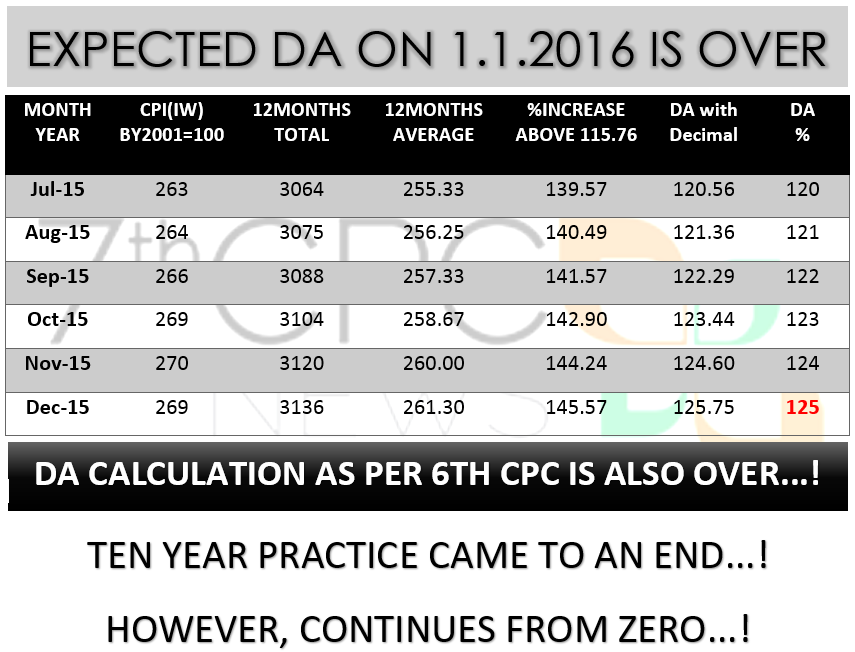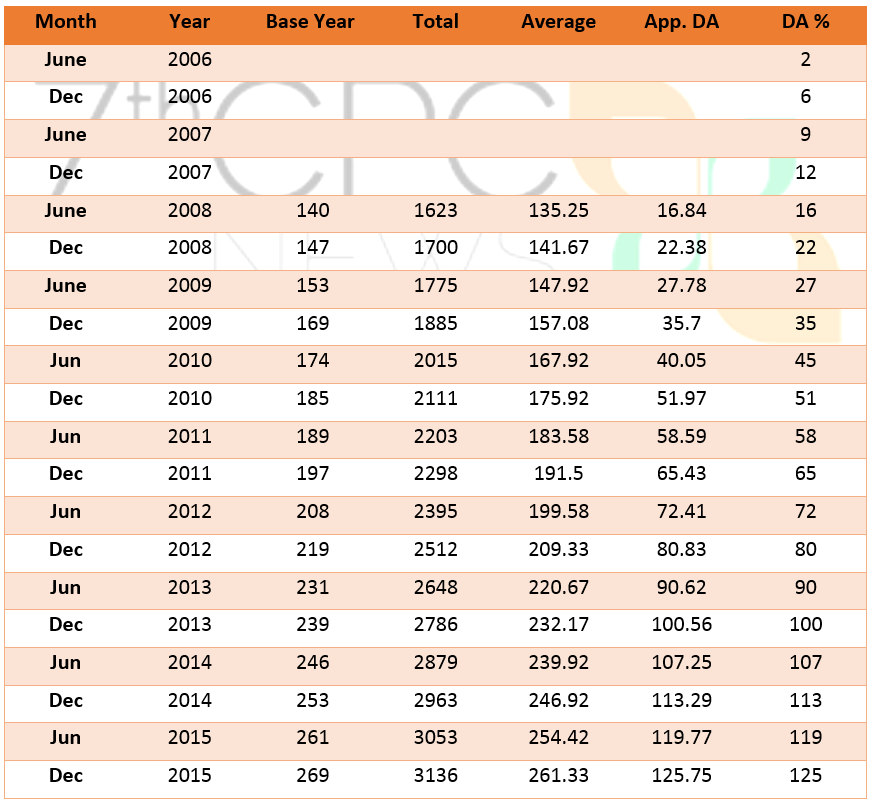The world’s most famous disabled people….
let me know if I have missed any out....
Albert Einstein
Courtesy : http://www.vidyarthiplus.in/
let me know if I have missed any out....
Albert Einstein
The Mathematician/Physicist who had a learning disability and did not speak until age 3. He had a very difficult time doing maths in school. It was also very hard for him to express himself through writing.
Alexander Graham Bell
Had a learning disability.
Cher
Cher, born Cherilyn Sarkisian on May 20, 1946, is an American singer and actress.Besides being very poor as a child, she had a very difficult time in school, she even dropped out at the age of 16. She didn't know and understand why it was so difficult for her to learn in school, it was only at the age 30 that she finally understood that she was dyslexic.
Christopher Reeve
Never has a person with a disability commanded so much media attention in recent history. Christopher Reeve, crippled after a horse-riding injury, wants to be up on his feet & wants to help others stand confident too. His life is now dedicated to harnessing the power of medical research to get up & ride again.
David Blunkett
The Rt Hon David Blunkett MP is without doubt Britain’s most famous guide dog owner. Often photographed with his guide dogs – Ted, Offa and Lucy – David Blunkett also holds the powerful political post of Home Secretary. Joining the Labour party aged 16, he was elected to Sheffield City Council aged 22. He was the council leader from 1980 to 1987 until he was elected MP for Sheffield Brightside. Seen as the archetypal municipal Socialist, he is in many senses a traditional Labour man – beard-wearing and blunt-talking. Arguably, he is a role model for disabled people who just want to get on with their lives.
Edison
Edison had a learning disability. He couldn’t read until he was twelve years old and had a very difficult time writing even when he was older.
Franklin D. Roosevelt
Roosevelt had Polio, was governor of New York State then elected President of the United States for 4 terms.
George Washington
Had a learning disability. He could barely write and had very poor grammar skills.
Goya
Spanish painter (1746-1828): At age 46, an illness left him deaf. He went on to create the most famous Spanish art of the 19th century.
Helen Keller
(Devoted Life to Persons with Disabilities) She was Blind, Deaf, and Mute.
Ian Dury
movement/walking disability, resulting from polio. Hits from 1978 ("Hit Me With Your Rhythm Stick") into 1980’s. Recorded "Spasticus Autisticus" which was banned from radio, not surprising, as lyrics could be mis-construed as disabled-ist
John Milton
English Author/poet (1608-1674): He became blind at age 43. He went on to create his most famous epic, Paradise Lost.
Lord Byron
"Mad, bad and dangerous to know", Britain’s great romantic was also born with talipes, a club foot. It is said that he "walked with difficulty but wandered at will". He toured Europe extensively and captured the popular imagination through his poetry and his personality. From gloomy egoism through to satiric realism he was renowned for his writings, his sexual ambivalences and his championing of Greek independence from the Turks. Disability activist Tom Shakespeare summed him up in the following way: "Most of his poetry hasn’t stood the test of time, but he was a blockbuster in his day, and like very few other heroes, his name is still used as an adjective – ’Byronic’, meaning dashing.”
Lord Nelson
Viscount Horatio Nelson is certainly Britain’s greatest naval hero. His skill as a naval commander is, of course, well-documented. He won crucial victories at Trafalgar in 1805 and the Battle of the Nile in 1798, during the wars with revolutionary and Napoleonic France. What is less often remarked upon is that a great part of his naval career and his major victories were won as a disabled person. Going ashore in Corsica following the fall of Toulon, a French shot flung debris into his face leaving him without sight in his right eye. Later, an assault on Tenerife resulted in a shattered right elbow – back on his flagship the arm was amputated. He carried on as a disabled seaman for nearly ten years, securing his most important naval victories at the Battle of the Nile and the infamous Battle of Trafalgar – where he died on October 21, 1805. Contrary to popular belief, he didn’t say "I see no ships". Instead he said, during the Battle of Copenhagen, "… I have only one eye. I have a right to be blind sometimes" and, raising his telescope to his blind eye, "I really do not see the signal".
Ludwig van Beethoven
(Famous Musician) – known to be deaf.
Marla Runyan
One of the women representing the Unites States in the 1500 metre track event at hte 2000 Olympics was Marla Runyan. The American runner finished seventh in her preliminary heat and rose to sixth in the semi finals to qualify for the finals. During the final race, Marla lost track of the major competitors. She finished in eighth position, 3.20 seconds behind the gold medal winner. In 1996, Marla set several track and field records at the Paralympics in Atlanta, Georgia. Following that success, Marla wanted to compete in the 2000 Olympics in Sydney — even though she is legally blind. The 31-year-old runner has been diagnosed with Stargardt disease. This is a condition that leaves her with a limited ability to see what is in front of her. In Sydney, Marla became the first legally blind athlete to compete in an Olympics.
Marlee Matlin
Marlee Matlin is a stand-up comedian and an actress. Some of her films include A Dead Silence, My Party,A Hear No Evil, A Bridge to Silence, A Walker, and A Children of A Lesser God. In 1987, she captivated the world by winning the Academy Award for Best Actress in the film A Children of a Lesser God. Marlee Matlin became deaf in infancy due to Roseola infantum. However, deafness has not disabled her or her career.
Michael Bolton
(famous Singer): Deaf in one ear.
Robin Williams
(famous Hollywood Star) was diagnosed to be suffering from Attention Deficit Hyperactivity Disorder(ADHD) as a child. He never refuses a role related to medicine e.g Awakenings, Patch Adams.
Sarah Bernhardt
French actress (1844-1923) Disabled by a knee injury, her leg amputated in 1914, she continued starring on stage until just before her death. She is regarded as France’s greatest actress — "The Divine Sarah".
Stephen Hawkings
Physicist/mathematician has Lou Gehrigs Disease and is in a wheelchair. He needs a computer to speak.
Sudha Chandran
Sudha Chandran was born to family in Chennai, South India. She completed her Masters in Economics from Mumbai. On one of her return trips from Mumbai to Chennai she met with an accident resulting in the amputation of her right leg. She was given an artificial leg and despite this terrible disability, she became one of the most accomplished and acclaimed dancers of the Indian Subcontinen
(Indian actress and classical dancer) This brave lady dances with a Jaipur foot. She has acted in a movie on classical dance called "Nache Mayuri" & today acts in a variety of TV serials.
Tanni Grey-Thompson
Tanni Carys Davina Grey-Thompson OBE – to give her full name and title – is the disabled athlete that most people instantly recognise. Formerly Tanni Grey – the Thompson was added following her marriage in 1999 – she has competed in Paralympic Games since 1988, representing Britain at distances ranging from 100m to 800m. She has won fourteen paralympic medals including nine golds, and has broken over twenty world records. As a wheelchair athlete she was also the winner of five London marathons – in 1992, 1994, 1996, 1998 and 2001. In recent years, she has established herself as a TV presenter – including BBC TWO’s From the Edge disability magazine programme.
Tom Cruise
(Hollywood Star): is severely dyslexic.
Walt Disney
Had a learning disability.
Woodrow Wilson
U.S. President from 1913-1921. Had a learning disability – he was severely dyslexic....































